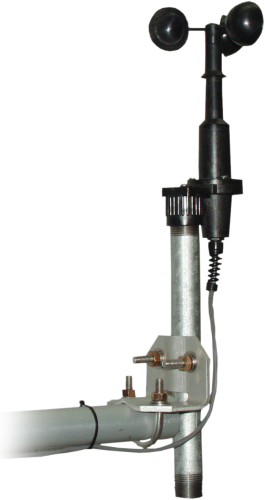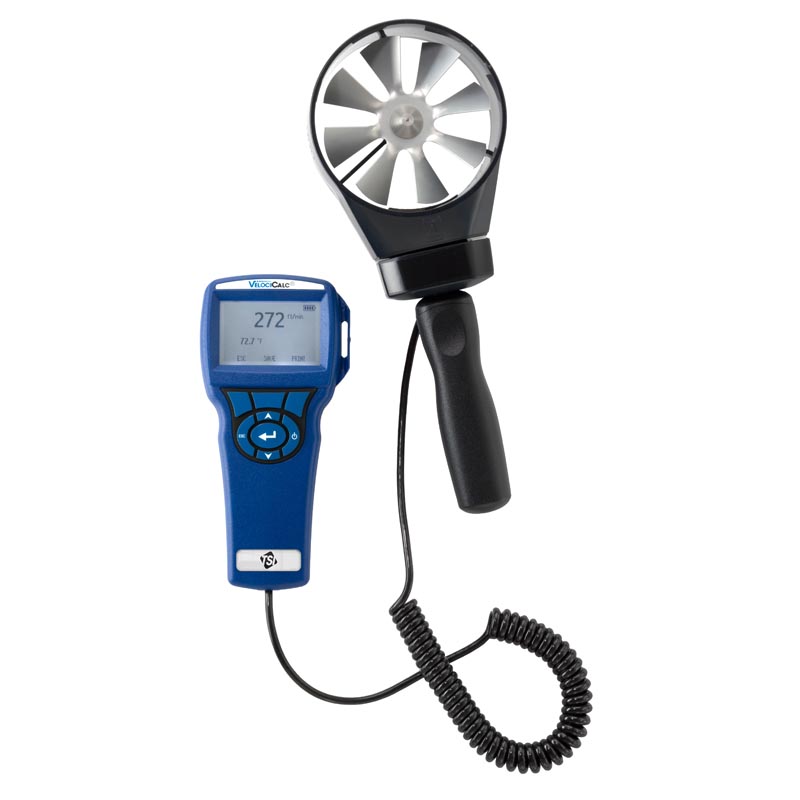Leading Attributes to Seek in a Reliable Anemometer for Accurate Wind Measurement
Leading Attributes to Seek in a Reliable Anemometer for Accurate Wind Measurement
Blog Article
Exploring the Features and Advantages of Anemometers for Weather Condition Lovers and Professionals
From cup anemometers to sonic anemometers, each kind brings its special collection of applications and benefits, losing light on various facets of climatic conditions. As we dive right into the features and advantages of anemometers, a much deeper understanding emerges not only of dominating climate sensations however also of the wider ramifications for fields like wind energy manufacturing and ecological research.
Significance of Anemometers in Climate Tracking
Anemometers play an essential role in weather monitoring by providing accurate dimensions of wind rate, aiding in projecting and understanding weather condition patterns. These instruments, ranging from conventional mug anemometers to modern ultrasonic anemometers, are crucial for meteorologists, scientists, and weather fanatics alike.

Types of Anemometers and Their Applications
The most typical kinds of anemometers consist of mug anemometers, vane anemometers, hot-wire anemometers, and ultrasonic anemometers. Mug anemometers consist of three or four mugs mounted on straight arms that turn with the wind, measuring its rate. Vane anemometers, on the other hand, use an easily revolving vane to straighten with the wind direction, giving both wind rate and direction measurements.
Cup anemometers are robust and ideal for basic weather monitoring, while vane anemometers are favored for directional dimensions. Ultrasonic anemometers are non-intrusive and offer high precision, often utilized in research and specialized weather condition monitoring applications.
Benefits of Making Use Of Anemometers in Forecasting
In meteorology, the utilization of anemometers offers indispensable benefits for boosting the accuracy of climate projecting. Anemometers measure wind rate and instructions, supplying crucial data for predicting climate patterns. By incorporating wind information into projecting models, meteorologists can better comprehend the motion of weather condition systems, anticipate adjustments in climatic conditions, and concern extra precise forecasts.
Additionally, anemometers play an important duty in assessing prospective climate risks. Keeping track of wind speeds assists forecasters forecast serious weather condition events such as storms, hurricanes, and wintertime tornados with greater precision. This early warning system makes it possible for authorities to release timely alerts and execute needed precaution, decreasing the risks to life and residential or commercial property.
Furthermore, anemometers assist in optimizing sustainable power production. By assessing wind patterns, meteorologists can determine appropriate places for wind farms and forecast energy outcome, adding to the reliable generation of wind power.

Anemometers in Wind Energy Production
Offered the important function anemometers play in offering accurate wind information for weather condition projecting and hazard analysis, their significance encompasses the realm of wind power manufacturing. Anemometers are crucial tools in the field of wind power, where the measurement of wind rate and direction is crucial for figuring out the usefulness and effectiveness of wind generator installments. By accurately measuring wind rates at varying heights, anemometers help optimize the positioning and style of wind turbines to take full advantage of power output.
In wind farms, anemometers are purposefully put to gather real-time wind information wikipedia reference that is used to evaluate the prospective power production of a site. This information contributes in identifying the economic practicality of wind power projects and in forecasting energy generation to make certain grid stability. In addition, anemometers help in keeping an eye on wind problems to maximize generator efficiency, avoid damage from high winds, and make sure the safety and security of employees working in the location of wind turbines.
Enhancing Weather Understanding With Anemometers

Anemometers play a crucial role in improving our understanding of microclimates. These local climate condition can differ significantly from wider regional forecasts, making it important to have precise data for details areas. anemometer. By purposefully placing anemometers in numerous places, researchers can collect detailed details on how wind behaves in various terrains, urban settings, or bodies of water
Additionally, anemometers add to improving weather condition projecting models by giving real-time data on wind actions. This information is especially beneficial for forecasting severe weather condition events, maximizing farming techniques, and sustaining industries like aviation and maritime navigation. Generally, anemometers are invaluable instruments that enable us to dive deeper right into the complexities of weather condition systems, ultimately leading to even more precise predictions and better-informed choices.
Final Thought
Finally, anemometers play an important function in climate tracking and forecasting by gauging wind speed and direction. They are crucial tools made use of by weather condition lovers and experts to collect exact data for predicting climate patterns and assessing possible effects. Anemometers also have applications in wind energy manufacturing, more highlighting their relevance in both weather forecasting and sustainable energy sectors. Overall, anemometers add to improving our understanding of climate phenomena and improving projecting capabilities. anemometer.
From mug anemometers to sonic anemometers, each kind brings its unique set of applications and advantages, losing light on various aspects of atmospheric conditions. These tools, ranging from standard cup anemometers to modern ultrasonic anemometers, are crucial for meteorologists, scientists, and weather fanatics alike. The most typical kinds of anemometers consist of cup anemometers, vane anemometers, hot-wire anemometers, and ultrasonic anemometers. Mug anemometers are suitable and robust for basic weather condition surveillance, blog while vane anemometers are favored for directional dimensions. Anemometers are necessary tools in the field of wind energy, where the dimension of wind rate and direction is important for establishing the usefulness and performance of wind turbine installments.
Report this page